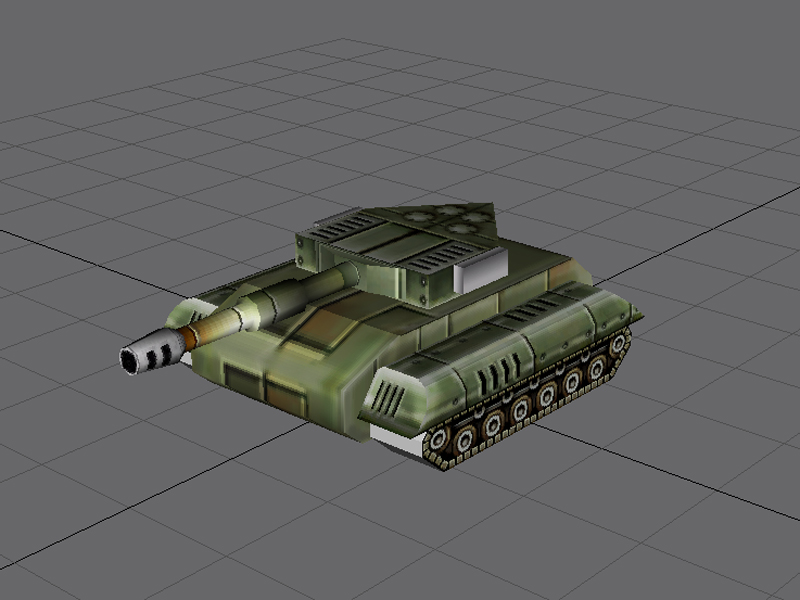


Game mechanics and cosmetic upgrades will continue to be developed along side the Multiplayer version of the game. I estimate it is going to be between 8 to 10 months from release that Online Multiplayer will be a part of the game. This game will be in early access until Online Multiplayer can be fully implemented.
Faqt hover tank full#
“ Online Multiplayer is the Goal for a Full Release It is an opportunity for you to support this game now so a more robust set of game mechanics and features can continually be added to it as the game grows!”Īpproximately how long will this game be in Early Access? This page uses Creative Commons Licensed content from Wikipedia ( view authors).Early Access is a great way to have Hover Tank Arena shipped to you in a playable and enjoyable state while further development and expansion continues.

Later, Pavel Grohovsky, an aircraft designer and inventor, worked at the Red Army Air Force OKB on a hovering armored car with auxiliary wheels, which also was never completed. The reasons for which the development of the project was ceased are unknown. Also thin armor and presumably large size would make it an easy target for antitank artillery or even large calibre machine guns and autocannons. While it is extremely difficult to estimate the possible combat effectiveness of such an exotic concept as a hovering tank, it is obvious that speed and amphibious capabilities would be its major advantages, while technical reliability, as well as general plausibility of such a vehicle, are in question, considering the 1930s level of technology and the novelty of hovercraft vehicles back then altogether. The vehicle's armament consisted of one 7,62 mm (.30 Cal) Degtyarev tank machine gun.
Faqt hover tank driver#
The tank was designed for a two-person crew: the driver who sat behind the forward propeller and the commander/gunner who manned the cylindrical rotating turret.

Cornering was achieved by means of louvers, which regulated the flow of air. The design documentation stipulated that the vehicle, weighting 8,5 ton, would hover at 200–250 mm above water or ground surface and travel at 120 km/h. Two M-25 aircraft engines, producing 1450 hp altogether, propelled two airscrews, which were mounted inside vertical tunnels at bow and stern parts of the hull. The vehicle's streamlined hull had U-shaped cross-section, following the L-1 boat's layout, and was to be welded from 10.13 mm steel armor plates, with sloping bow and stern. However, it may be theorized that the project did not get the attention of high-ranking members of the military and therefore was never completed. In the end of 1937 a 1:4 scale mockup was built. The developers stated that such armored vehicle could be efficiently used in swampy and sand areas, as well as areas with plentiful lakes and rivers. It was loosely based on the L-1 hovercraft boat design, as well as related to the L-5 boat which was also in development stage at the time. In 1937 a group of Moscow aircraft plant #84 engineers under his lead initiated the development of a hovercraft tank, or, as it was named in the original documentation, the amphibious hovering tank. It became obvious that there was a great potential in further development of this technology of transportation.Īlongside with civilian vehicles, Levkov also made attempts to employ the technology for military use. In 1934 the L-1 hovercraft boat which is sometimes referred to as the first hovercraft boat in the world was designed and built in his laboratory, with the L-5 fast-attack boat soon to follow. First successful experiments with hovercraft in the USSR date back to the mid-1930s and are tightly connected with the name of a talented engineer and designer Vladimir Levkov, who substantiated the possibility of hovercraft as far back as in 1925 in his treatise named The vortex theory of rotor (Russian: Вихревая теория ротора).


 0 kommentar(er)
0 kommentar(er)
